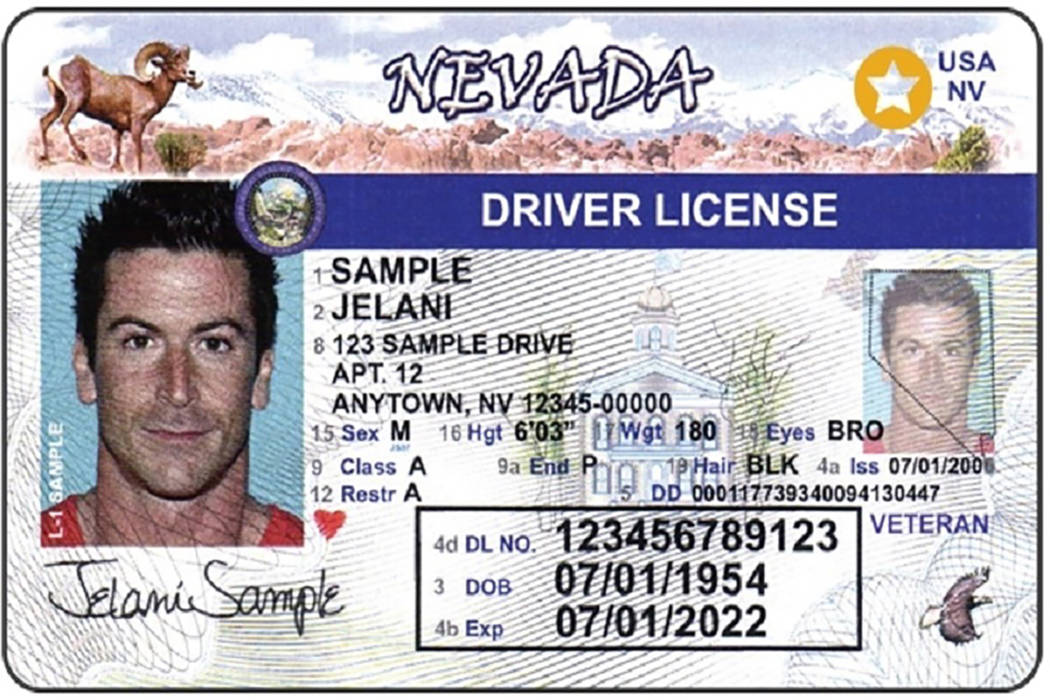TIM BURKE: Real ID may help but at what cost to our privacy?
The government wants to know more about your personal information and is forcing the REAL ID program on states. To achieve that goal, they are restricting what forms of ID are acceptable for flying and entry into federal facilities.
If you plan on traveling by airplane after Oct. 1, 2020, you will need to have your state driver’s license updated to the REAL ID unless you have a valid U.S. passport, U.S. passport card, foreign passport, permanent resident card, or U.S. Department of Defense ID.
The REAL ID cannot be used for international travel, a passport will still be required. Passed by Congress in 2005, the REAL ID Act enacted the 9/11 Commission’s recommendation that the federal government “set standards for the issuance of sources of identification, such as driver’s licenses.”
The Act established minimum security standards for state-issued driver’s licenses and identification cards and prohibits federal agencies from accepting for official purposes licenses and identification cards from states that do not meet these standards.
The Nevada DMV began issuing REAL ID driver’s licenses in 2014. The Nevada driver’s license that is REAL ID-compliant has a star in the upper right corner. To apply for a Nevada REAL ID, you will need to have the following documents: proof of identity, name change(s), your social security number and two residency documents.
You can prove your identity by bringing one of these documents: Valid Real ID driver’s license, instruction permit, or identification card from another state; valid, unexpired U.S. passport or U.S. passport card, valid enhanced driver’s license from a U.S. state, and for applicants born in the U.S. you can use a U.S. state-issued birth certificate (original or certified copy). If you were born outside of the U.S. there are more options of what documents you may use to prove identity.
For your proof of your social security number, you may present a social security card, a W-2, an IRS Form 1099, or a printed pay stub.
To prove residency, the Nevada DMV has a lengthy list of acceptable documents that you can present. Some of those are receipt for the rent or lease of a residence, record from a public utility for a service address, bank or credit card statement, employment check stub, voter registration card issued by a county clerk or county registrar of voters, or documentation of receipt of benefits from any state of Nevada program of public assistance.
The complete list can be found on the DMV website at https://dmvnv.com/realid. The Nevada DMV has also a website dedicated to the REAL ID. It can be found at https://getrealnevada.com.
The REAL ID program has received a lot of criticism from those that feel it’s another invasion into our privacy by the federal government. The REAL ID program does standardize data collection that DMVs across the U.S. must gather. According to the question and answer section on the Homeland Security website: “Q. Is DHS trying to build a national database with all of our information? A. No. REAL ID is a national set of standards, not a national identification card. REAL ID does not create a federal database of driver license information. Each jurisdiction continues to issue its own unique license, maintains its own records, and controls who gets access to those records and under what circumstances. The purpose of REAL ID is to make our identity documents more consistent and secure.”
What they leave out in their Q and A section is that the REAL ID program calls for database linking between states. The text of the REAL-ID Act, Title II, Section 202(d)(12) states: “Provide electronic access to all other states to information contained in the motor vehicle database of the state.” So, without much effort, the federal government could mandate that each state’s information be centralized into one database controlled at the federal level.
There is also a requirement that states collect a digital facial image/photograph of all driver’s license applicants that is facial recognition compatible. Until the signing of the REAL ID Act 2005 into law many states and territories were still using a low-resolution analog photograph that was not facial recognition compatible. According to published comments by NDMV spokesperson Kevin Malone, the Nevada DMV has been using facial recognition technology since 2008, after moving to a central processing system for all state-issued ID cards to tighten security. The federal government is already using DMV facial recognition photos from other states. According to a United States Government Accountability Office (GAO) report published in May of 2019, 21 states currently allow federal agencies such as the FBI to run searches of driver’s license and identification photo databases. Nevada is listed as “negotiations underway with the FBI” in the report.
The REAL ID program may help catch criminals and prevent terrorist attacks in our country, but at what cost to our privacy?
Tim Burke is a businessman, philanthropist, educator and Pahrump resident. Contact him at timstakenv@gmail.com


















